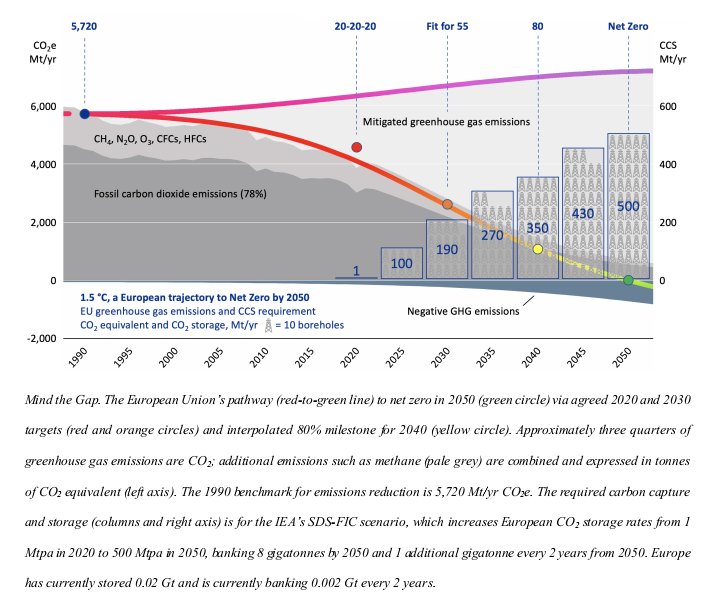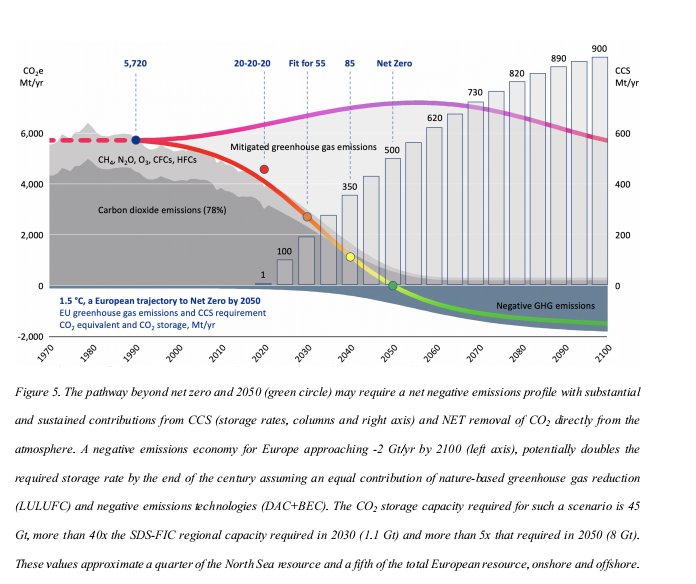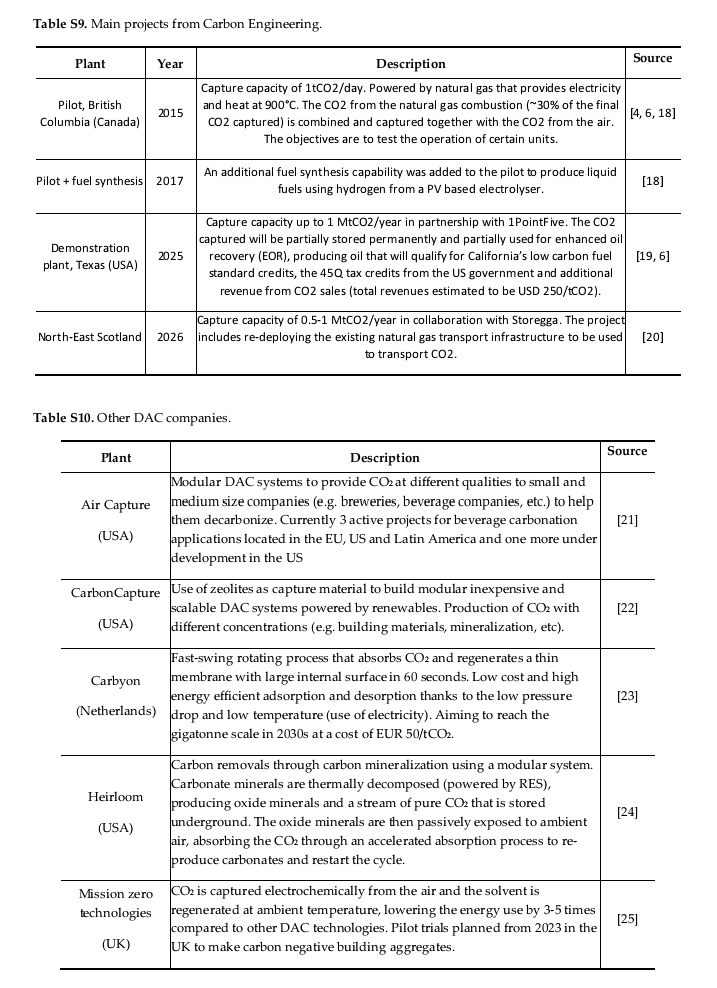🚨NEW STUDY🚨
Recent analysis published in @naturesustainab “use #biogeochemical simulations to show that restoration of the marine ecosystems can lead to permanent #CO2Removal by driving #OceanAlkalinityEnhancement & atmosphere-to-ocean #CO2Fluxes.”
Key findings in a🧵⬇️
1/12
Recent analysis published in @naturesustainab “use #biogeochemical simulations to show that restoration of the marine ecosystems can lead to permanent #CO2Removal by driving #OceanAlkalinityEnhancement & atmosphere-to-ocean #CO2Fluxes.”
Key findings in a🧵⬇️
1/12

Findings of this study suggest that “restoring mangroves, which are common in tropical shallow marine settings, will lead to notable local #OceanAlkalinityEnhancement across a wide range of scenarios.”
2/
2/

“The process is seagrass & mangroves influence the organic & inorganic cycling of C in sediment, with strong impacts on diffusive #alkalinity fluxes. In carbonate-rich sediment, seagrass & mangroves foster carbonate dissolution, resulting in increased alkalinity production...
3/
3/
Through higher rates of carbon delivery and organic matter recycling mangroves produce a larger sedimentary #alkalinity pool, emphasizing their potentially important role in alkalinity-based #CarbonCapture.”
4/
4/
Furthermore, “the model analysis suggests that restored #seagrass meadows can drive rates of atmospheric CO2 uptake between 0.1 and 0.9 tCO2 ha−1 per year, depending on the background rate of #NetPrimaryProduction.”
5/
5/

“In systems with high background calcium carbonate concentration, the dissolution of calcium carbonate can considerably increase potential #CO2Removal (up to ∼0.9 tCO2 ha−1 per year).”
6/
6/

“The theoretical restoration potential of #seagrass ecosystems is suggested to be between ~8 and 25 million ha, with the result that the #OceanAlkalinityEnhancement associated with extensive seagrass restoration could potentially #remove between ~0.8 and 23 MtCO2 per year.”
7/
7/
Stochastic analysis of model “yields an estimated #CDR potential of ~1–17 tCO2 ha−1/yr, which when combined with an estimated theoretical mangrove restoration potential of ~9–13 M ha yields an estimated CO2 removal potential from restoration-induced #OAE of ~9–221 MtCO2/yr.”
8/
8/

Moreover, the results also suggest “a relatively minor impact of benthic methane (CH4) flux in #offsetting #CO2Removal. Mechanistically, > organic matter availability and < sediment O2 penetration would be expected to lead to enhanced rates of biological CH4 production.”
9/
9/
Restoration costs of seagrass and mangroves ⬇️
“At a nominal carbon price of 100 USD tCO2−1 #alkalinity-based #CO2Removal alone would #offset costs of up to 200–1,200 USD ha−1 annually for the restoration/maintenance of mangrove ecosystems,” research found.
10/
“At a nominal carbon price of 100 USD tCO2−1 #alkalinity-based #CO2Removal alone would #offset costs of up to 200–1,200 USD ha−1 annually for the restoration/maintenance of mangrove ecosystems,” research found.
10/
🌊 Read the open access paper published in @naturesustainab entitled “Ocean alkalinity enhancement through restoration of blue carbon ecosystems” here⬇️
link.researcher-app.com/1pe9 - via @ResearcherApp
#OceanAlkalinityEnhancement
#CarbonDioxideRemoval
#CO2Removal
#BlueCarbon
11/
link.researcher-app.com/1pe9 - via @ResearcherApp
#OceanAlkalinityEnhancement
#CarbonDioxideRemoval
#CO2Removal
#BlueCarbon
11/

• • •
Missing some Tweet in this thread? You can try to
force a refresh

 Read on Twitter
Read on Twitter


















